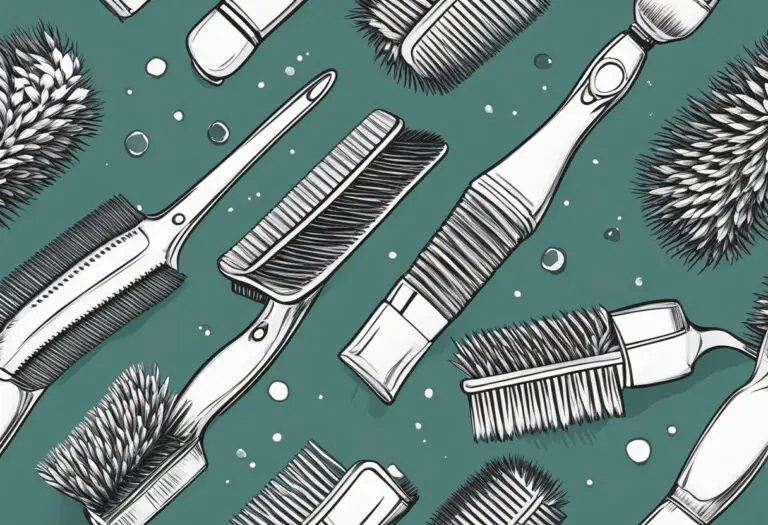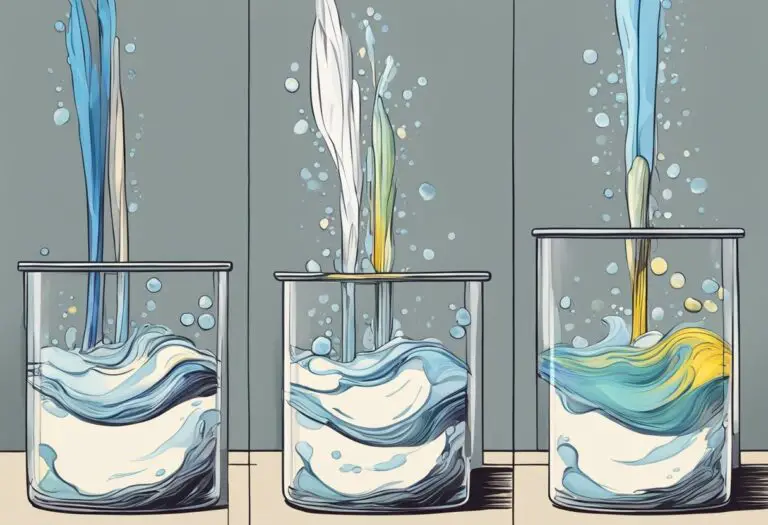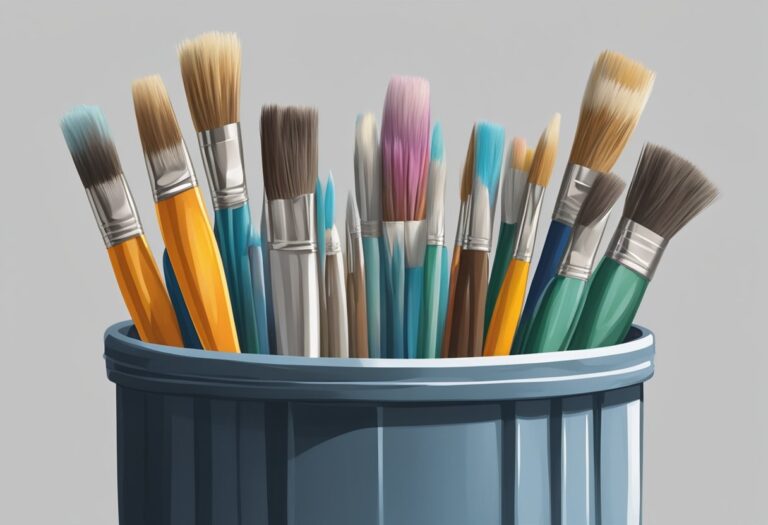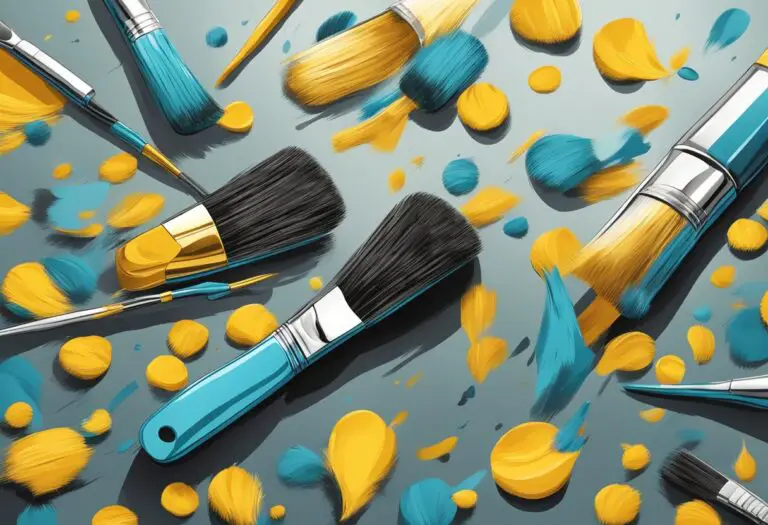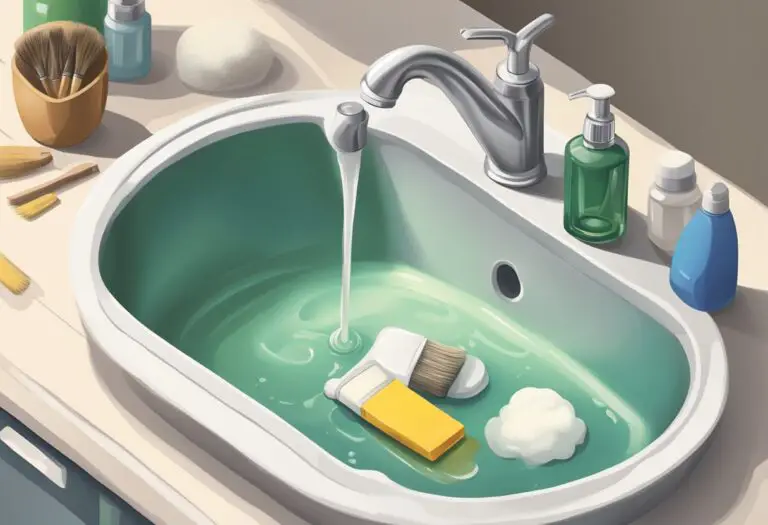What are the best practices for drying brushes after cleaning
Best Practices for Drying Brushes After Cleaning: Tips and Techniques
Keeping brushes clean and dry is an essential part of maintaining their quality and longevity. After cleaning brushes, it is important to dry them thoroughly to prevent damage to the bristles or handle. Drying brushes properly can also prevent the growth of bacteria or mold.

There are several best practices for drying brushes after cleaning. One of the most important is to remove excess water from the bristles by gently squeezing them with a clean towel or cloth. It is important to avoid rubbing or twisting the bristles, as this can cause damage or misshape them. After removing excess water, brushes should be hung or laid flat to dry completely before being stored.
Another important practice is to avoid using heat to dry brushes, as this can damage the bristles or cause them to become brittle. Instead, brushes should be dried in a cool, dry place with good air circulation. It is also important to avoid storing brushes in an airtight container until they are completely dry, as this can cause the growth of mold or bacteria. By following these best practices, brushes can be kept in excellent condition for years to come.
Cleaning Brushes: The First Step

Cleaning brushes is an essential part of maintaining their quality and longevity. Before drying, it is important to ensure that all excess paint or product has been removed from the brush. This can be achieved by wiping the brush on a clean cloth or paper towel until no more color or residue comes off.
For brushes that have been used with oil-based products, it is recommended to clean them with a solvent such as mineral spirits or turpentine before washing with soap and water. This will help to remove any remaining oil and prevent the bristles from becoming stiff.
When cleaning brushes, it is important to use a gentle soap or brush cleaner that is specifically designed for the type of product being used. Harsh chemicals or abrasive cleaners can damage the bristles and shorten the lifespan of the brush.
After cleaning, the brush should be reshaped to its original form and excess water should be removed. This can be achieved by gently squeezing the bristles or using a clean cloth to blot the excess water.
By following these best practices for cleaning brushes, you can ensure that your brushes remain in good condition and provide excellent performance for years to come.
Brush Drying Techniques
After cleaning brushes, it is important to dry them properly to ensure they maintain their shape and quality. Here are some best practices for drying brushes:
Horizontal Drying
Horizontal drying is a technique where brushes are laid flat on a surface to dry. This method is best for brushes with natural hair bristles as it helps to maintain their shape. However, it is important to ensure that the brushes are not touching each other to prevent them from sticking together.
Vertical Drying
Vertical drying is another technique where brushes are hung upside down to dry. This method is best for brushes with synthetic bristles as it allows them to dry evenly and prevents water from seeping into the ferrule. To hang the brushes, use a clip or a hanger and ensure that they are not touching each other.
Air Drying
Air drying is a simple and effective technique where brushes are left to dry naturally in a well-ventilated area. This method is suitable for all types of brushes and is the most convenient option. However, it is important to ensure that the brushes are not left in direct sunlight or near a heat source as this can damage the bristles.
In conclusion, drying brushes after cleaning is an important step in maintaining their quality and shape. By using the appropriate drying technique, you can ensure that your brushes last longer and perform better.
Materials and Tools for Drying Brushes

After cleaning brushes, it is important to dry them properly to prevent damage and ensure longevity. Here are some essential materials and tools for drying brushes:
- Clean towel or paper towel: After rinsing the brushes, gently blot them with a clean towel or paper towel to remove excess water.
- Brush holder: A brush holder is a useful tool for drying brushes as it allows them to hang upside down, preventing water from seeping into the ferrule and damaging the bristles.
- Drying rack: A drying rack is another option for drying brushes. It allows the brushes to lay flat, ensuring that they dry evenly.
- Room temperature: Brushes should be dried in a well-ventilated room away from direct sunlight or heat sources. High temperatures can damage the bristles and cause them to become brittle.
- Time: Allow enough time for the brushes to dry completely before using them again. This can take anywhere from a few hours to overnight depending on the type of brush and the amount of water it absorbed.
By using these materials and tools, you can ensure that your brushes are dried properly and will last longer.
Common Mistakes to Avoid

When it comes to drying brushes after cleaning, there are a few common mistakes that people often make. Here are some of the things to avoid:
1. Using a hair dryer or heat source
While it may seem like a quick and easy way to dry your brushes, using a hair dryer or other heat source can actually damage the bristles and lead to breakage. It’s best to let your brushes air dry naturally, either by laying them flat or hanging them upside down.
2. Not reshaping the bristles
After cleaning your brushes, it’s important to reshape the bristles to their original shape. This will help prevent the bristles from becoming misshapen or frayed over time. To do this, gently reshape the bristles with your fingers and allow them to dry in their natural shape.
3. Not allowing enough time for drying
Brushes can take several hours to dry completely, especially if they are dense or have a lot of product buildup. Make sure to give your brushes plenty of time to dry before using them again, as using wet brushes can lead to bacteria growth and product buildup.
4. Storing brushes before they are completely dry
It’s important to make sure your brushes are completely dry before storing them away. Storing wet brushes can lead to mold and mildew growth, which can damage the bristles and make them unusable. Make sure to store your brushes in a dry, well-ventilated area to prevent any moisture buildup.
By avoiding these common mistakes, you can help keep your brushes in top condition and extend their lifespan.
Maintaining Brush Shape and Quality

Maintaining the shape and quality of brushes is essential to ensure they last longer and perform better. Here are some best practices to follow when drying brushes after cleaning:
1. Avoid Heat
Avoid using heat to dry brushes as it can damage the bristles and cause them to lose their shape. Instead, use a clean towel or cloth to gently squeeze out excess water from the bristles.
2. Hang to Dry
Hang the brushes upside down to dry. This helps prevent water from getting into the ferrule (the metal part that holds the bristles) and causing the glue to loosen, which can lead to shedding.
3. Use a Brush Guard
Using a brush guard while drying can help maintain the shape of the bristles. Brush guards are available in different sizes and shapes to fit various brush types.
4. Air Dry Completely
Allow the brushes to air dry completely before using them again. This helps prevent the growth of bacteria and mold, which can damage the bristles and cause infections.
By following these best practices, one can ensure that their brushes remain in top condition and perform optimally for a longer period.


